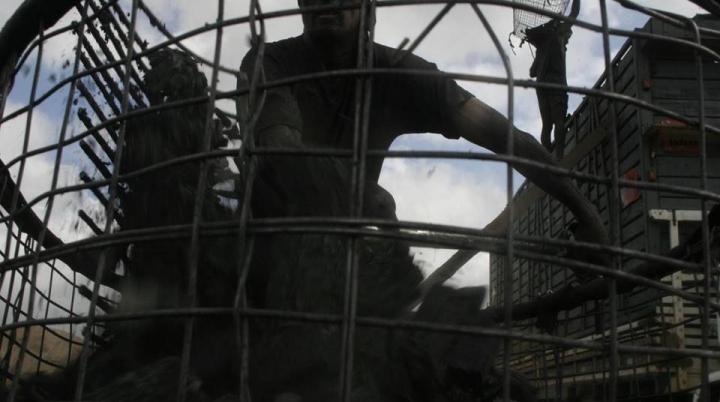






In 1989, Brazilian authorities discovered that slave labor was taking place in the Fazenda Brasil Verde in the northern state of Pará. Hundreds of workers, the majority of them afro-descendant or dark-skinned men between the ages of 15 and 40 years old, recruited mostly from poor or low-income communities, had been scammed into working at the fazenda for what they believed would be good salaries. Upon arriving at the fazenda, however, the workers were forced to work for no pay and under deplorable conditions. Workers, also known as fazeinderos, were not fed sufficiently and the water they were provided was often not potable. Sleeping conditions were precarious with barracks made of canvas and/or palm leaves, and all day workers were under constant supervision, with absolutely no freedom to leave. Constant threats of death were made in order to keep workers from escaping.
Multiple complaints and reports had been made to authorities about the events occurring at the fazenda by the few workers who had managed to escape, and this resulted in six separate audits or inspections to the fazenda by Brazilian authorities beginning with the initial visit in 1989 and followed by five other inspections occurring in 1992, 1996, 1997 and 2000. The Brazilian State was therefore, well aware of the situation in the Fazenda Brasil Verde and did not take any measures to bring reparations to the workers or provide protection to them.
In 2011, the Commission published in its Annual Report a set of recommendations for the Brazilian State to address the Fazenda case and to make reparations; however, the state did not follow through with those that addressed the Fazenda case specifically. However, Brazil had begun to take some measures by way of public policy in the 1990s to address slave work in general. Some policies even led to free over 45,000 slave workers between 2003 and 2015. Despite the national improvement of the situation, nevertheless, the victims of the Fazenda remained without reparations and their violators in impunity. Therefore, Fazenda Brasil Verde v. Brazil was brought to the Inter-American Court of Human Rights by the IACHR in March 2015, and the case was heard on February 19, 2016.
Case impact:
Help us continue this critical and urgent work with a donation!
DONATE NOW